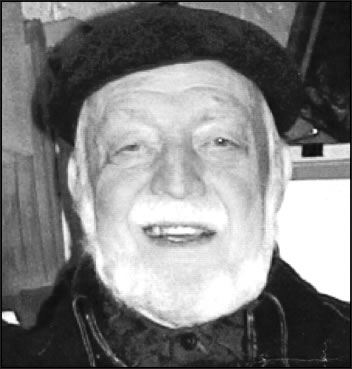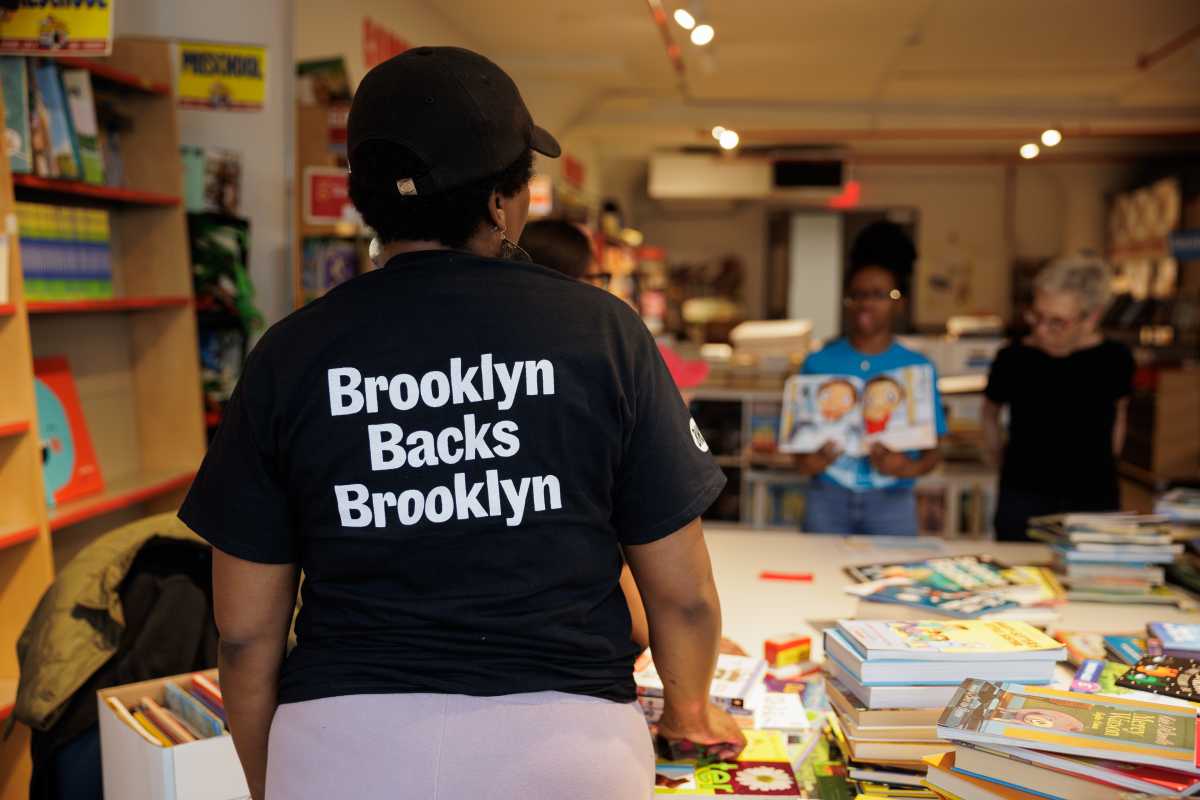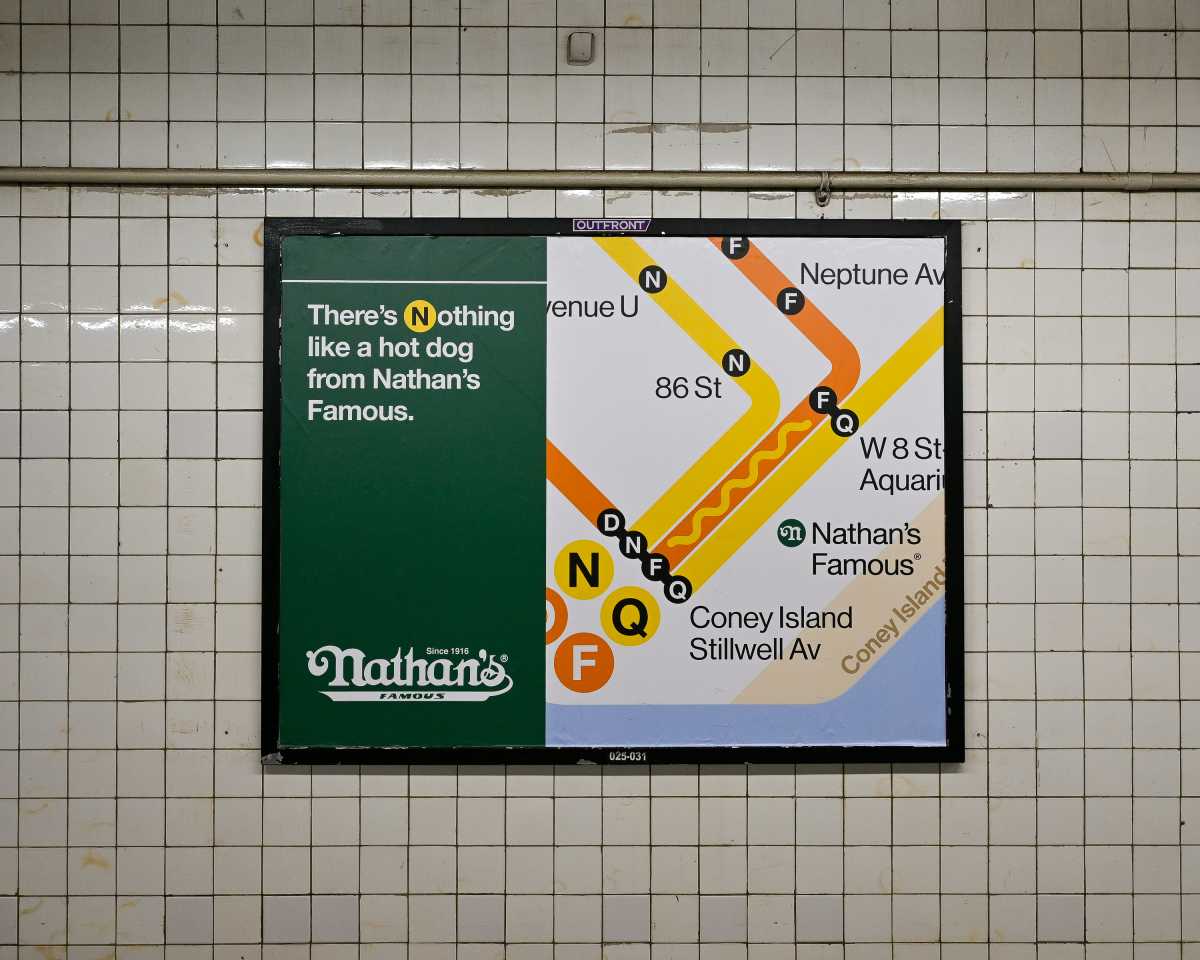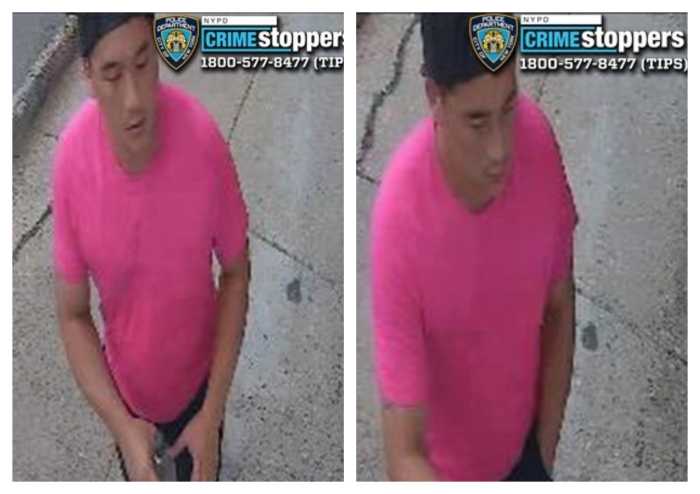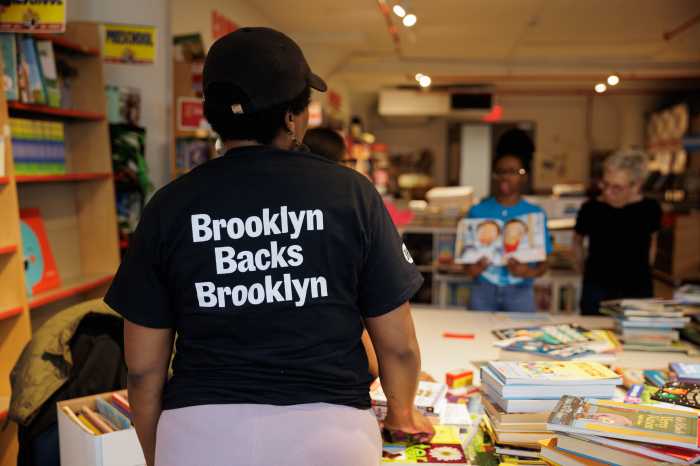By Albert Amateau
Albert Lisi, a longtime resident of the East Village and an explorer and photographer of ancient Mayan sites in Mexico and Guatemala and of Incan civilization in Peru and Ecuador, died Dec. 22 in Beth Israel Hospital after a brief illness. He was 80.
From 1964 to 1981, he visited and photographed little-known regions in the Amazon Basin and was among the first to encounter tribal people in the headwaters of the Amazon, said his friends and neighbors Bidyut Sarker and John Arthur Windsor.
He was the author of “Round Trip from Potun, a Journey in Search of the Maya,” published in 1969; “Machaquila, Through the Mayan Jungle to a Lost City,” published in 1965; and “Jungle Trip,” a 1991 narrative.
An advocate of preservation and conservation to stop deforestation caused by oil drilling, mining and logging exploitation in Peru, Ecuador and Brazil, he explored the tropical rainforest and its people despite civil upheavals, revolutions and economic turmoil.
Once while in the Guatemalan backcountry helping to restore a water-supply cistern for indigenous villagers, Lisi and his colleagues were captured by a military patrol on suspicion they were involved in rebel activity, his friends recalled. Lisi was brought before a local army commander, Captain Carlos Rios Montt, who later became president of Guatemala. Lisi convinced Rios Montt that he was an American citizen and engaged the officer in a long discussion about the plight of rural people and the responsibility of the authorities to improve it, his friends recalled.
Born Oct. 10, 1929, in New York City to John and Lina Facchin Lisi, he studied at the Art Students League of New York with the painter Raphael Soyer, at the Educational Alliance Art School and at the Lucas A. Steinem School of Metal Working.
He served in the Army in the late 1940s in Bavaria and Hamburg, and was involved in the recovery of art sequestered by the Germans during World War II from European collections. After the service, he lived in France and Italy for several years, where he became acquainted with leading artists, including Man Ray, Morandi, Mark Rothko, Robert and Sonya Delaunay, and the philanthropist Florence Gould.
There was a tradition in his French-Sephardic family that Lisi was derived from the French town of Lisieux and had earlier come from the Northern Italian name, Cillizzi. The family tradition held that Nostradamus (the French reputed seer, Michel de Nostredame, 1503-1566) was an ancestor. During World War II, the family’s French cousins faced deportation and death in Auschwitz, according to a narrative compiled by his friends and neighbors.
Lisi was married twice and had no children. He is survived by a cousin in Wallingford, Conn., where he was buried the last week in December.



